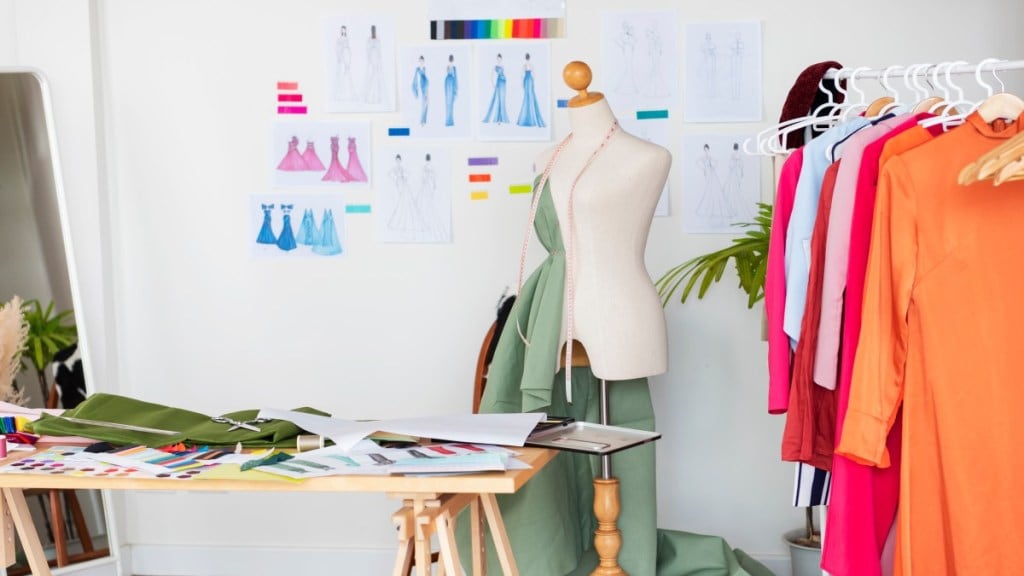By Preetam Saikia
The landscape of fashion is continuously evolving. With new trends emerging rapidly, it can be challenging for aspiring designers to keep up. This is where online education platforms come in. Let us look at how digital learning is revolutionizing the way students approach fashion design.
Students can now easily learn from the comfort of their homes at their own pace with the rise of online courses. They offer a comprehensive fashion design program covering everything from sketching and digital design to pattern making and garment construction. Students have access to expert instructors via high-quality video lessons, downloadable resources, and one-on-one mentorship.
The flexibility of online learning has made fashion design education accessible to many who previously could not commit to full-time design schools. A Nielsen report found that 87% of online learners in India say digital education provides access to affordable courses. For aspiring designers in Tier 2 and Tier 3 cities, quality online programs provide the opportunity to gain recognized qualifications without relocating.
Digital courses also allow students to fit education around work or family commitments. Some courses also offer self-paced enrollment with lifetime access, so students can balance study with their busy lives. A recent survey highlighted that 76% of students cited flexibility as a key benefit of online learning.
The COVID-19 pandemic necessitated a shift to digital learning, a trend that is here to stay. The online education market was valued at INR 108.79 billion in 2021. It is anticipated to reach INR 299.18 billion by 2027, witnessing a CAGR of 22.26% between 2022 and 2027. Fashion design courses saw a particular boom as traditional schools closed studios and production facilities. Virtual teaching enabled learning to continue undisturbed.
Online programs also deliver cost savings compared to on-campus courses. According to a 2021 Student Survey Report by ‘The Designers Class’, 68% of students enrolled were due to our lower tuition fees versus other fashion institutes. Furthermore, the average annual cost of its diploma program is ₹20,000, which is significantly lower than that of private design colleges, which can cost upwards of ₹3 lakh per year.
Some argue that digital learning lacks the hands-on experience gained in physical classrooms. That is why, to bridge this gap, online programs are now blending video lessons with interactive labs and instructor-reviewed assignments. Students receive fabric swatch kits and high-quality tools for following along, along with practical demos. By integrating both theory and applied learning, students gain well-rounded skills for professional success.
The reach of digital education also connects students directly with industry. Many of our courses feature guest lectures from designers at top fashion labels. Students can interact with these professionals and expand their industry networks. In 2022, 81% of our graduating cohort secured fashion design jobs within 6 months.
Conclusion
While online education is making fashion design training more accessible, reputable providers are key. One should enroll in programs that are committed to delivering a premium-quality curriculum. The ever-evolving fashion landscape demands a curriculum that adjusts to fluctuating consumer trends and technological advancements. Look out for courses that incorporate modules on sustainable fashion, digital design techniques, fashion technology, and business acumen. Such forward-thinking curricula equip you with the skills that can help you gain a competitive edge in the industry.
Also, faculty expertise shapes the learning experience. Pick programs with experienced faculty possessing real-world industry backgrounds. Their guidance and mentorship can significantly enhance your educational journey. Additionally, delve into the institute’s alumni network, as it reflects the reputation and connections that can open doors to internships and job placements.
Thus, it is imperative to make informed choices by sensibly researching the program, accreditation, specialization options, industry exposure, faculty expertise, curriculum, placement support and prospective designers. This comprehensive approach ensures that one sets off on a path that aligns with their aspirations, equipping them for success in the ever-evolving world of fashion design.
Author is the chief marketing officer, The Designer’s Class.


